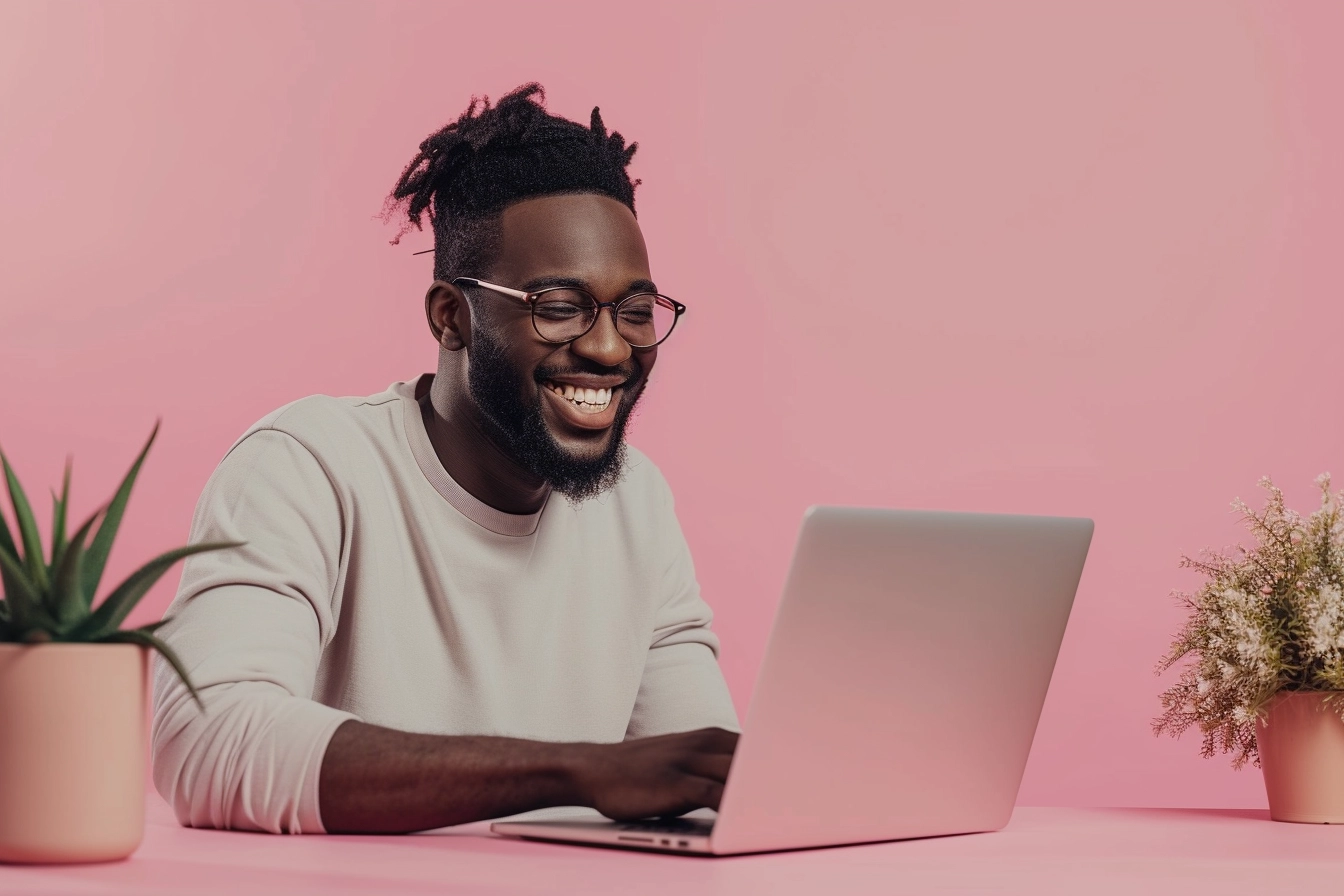When we think about LinkedIn, most of us see it as a place where we can show off our work skills and connect with others in our field.
But have you ever heard about getting your LinkedIn profile verified?
Just like other social media platforms, LinkedIn has a way to verify profiles, which helps in making sure that people really are who they say they are.
In this article, I’ll cover what LinkedIn verification means, how it’s different from other platforms’ verification badges, the steps to getting verified, and the perks of having that extra layer of trust on your profile.
Also, I’ll bust some myths about LinkedIn verification and give tips on how to keep your verified status. If you’re interested in building a more secure and trusted presence on LinkedIn, then keep reading.
I’ve got a lot to share, and I’m sure this will help you on your LinkedIn journey.
Key Takeaways
- LinkedIn verification is about confirming your identity for security, not social status.
- You need to follow a specific process to get verified on LinkedIn, which includes providing a government-issued ID.
- Being verified can lead to increased trust from other LinkedIn users and potentially more network connections.
- Profile completeness and verification on LinkedIn are two different things; completeness helps with visibility in searches.
- Verification serves to enhance your profile’s security and authenticity, which could be an advantage in your professional online interactions.
Understanding LinkedIn Verification
LinkedIn’s main goal with verification is to make sure its platform is safe and that the people on it are real. It’s different from how we see verification on other places like Twitter or Instagram.
Those blue checkmarks on other platforms often tell us someone is a celebrity, a big brand, or someone important. But on LinkedIn, verification is more about proving you are who you claim to be to make your account more secure.
This kind of verification can play a big role in protecting your identity and keeping away troublemakers who might try to pretend they’re you. Imagine someone making a fake account with your name and photo. They could try to connect with your work friends and even mess with your reputation.
LinkedIn verification helps stop that from happening by putting through a check to confirm your identity is the real deal.
Steps to Get Verified on LinkedIn
To start on the path to getting verified on LinkedIn, you’ll need a government-issued ID that matches the name and date of birth on your LinkedIn profile.
LinkedIn may ask for this during certain situations, like when you’re setting up two-step verification or if there’s some concern about your account.
They’re not going to share your ID or use it for anything else. It’s just for making sure you’re you.
So how do you get verified? Well, first things first, make sure your profile is fully filled out and everything is up to date. Then, if LinkedIn asks you to verify your identity, you go to the settings and go through the steps they give you.
It usually means sending in a picture of your ID. Remember, this won’t make a blue badge appear on your profile. It’s more behind-the-scenes stuff, but it’s very important for keeping your profile safe.
Benefits of Being Verified
Now, you might be wondering, why should I bother getting verified on LinkedIn? The benefits are pretty clear. Having a verified profile can make others see you as more trustworthy.
If someone knows that LinkedIn has checked your ID and confirmed you’re a real person, they might be more willing to connect with you, answer your messages, or consider you for a job.
Another plus side is that it can help keep your account safe. With verification, you’re taking an extra step to make sure no one else can pretend to be you on LinkedIn. It helps in preventing fraud and identity theft, which is a big deal on the internet these days.
Verification is basically a way to tell everyone that your profile is real, your work history is true, and that you’re a person worth connecting with. So, having that extra layer of security can give you and your connections some peace of mind.
Common Myths about LinkedIn Verification
There’s a bit of confusion out there about what LinkedIn verification really is.
Some people think it’s like the blue checkmark you get on Instagram or Twitter that shows you’re someone famous or a big deal. But that’s not the case on LinkedIn. Being verified on LinkedIn doesn’t mean you’re a celebrity; it just means LinkedIn knows you are who you say you are.
Another myth is that being verified will change how people find your profile in searches. That’s actually more about how complete your profile is.
LinkedIn likes it when you have a lot of information on your profile—like a photo, your work history, and your skills. They say it makes your profile easier to find, which is great, but it’s not the same as being verified.
It’s important to know the truth about being verified on LinkedIn. It helps keep your account safe, but it doesn’t necessarily put you in a special club of well-known LinkedIn members.
Maintaining a Verified Status
Keeping your verified status on LinkedIn is pretty straightforward. The most important thing is to keep your personal information up to date.
If you move jobs or change your name, make sure your profile reflects that. It’s all about making sure everything stays consistent with the real you.
Another key point is to follow LinkedIn’s safety rules. This includes picking a strong password and maybe even using their two-step verification, which adds another layer of protection to your account.
Basically, you want to do everything you can to keep your account as secure as possible.
By sticking to these steps, you’re not just keeping your profile verified; you’re also doing your part to keep the LinkedIn community safe for everyone. It’s a team effort, and every verified and secure account adds to the strength of the network.
Conclusion
In this article, we walked through the steps and reasons why getting verified on LinkedIn is a good move for anyone using the platform professionally. Remember, verification on LinkedIn is all about proving your identity, not about social status or popularity.
By following the process and providing a government-issued ID, you can gain additional trust and security for your LinkedIn profile. This helps in building stronger connections and may even open up new job opportunities.
Keep in mind that a complete profile and verification are different things. Completeness can help you show up in searches, but verification shows others that your identity has been checked by LinkedIn itself.
To maintain your verified status, make sure you keep your personal information up to date and stick to LinkedIn’s security measures.
With knowledge of the verification process, a clear understanding of its benefits, and the ability to distinguish fact from myth, you’re now equipped to navigate LinkedIn like a pro.
Whether you’re job hunting, networking, or building your personal brand, a verified LinkedIn profile can provide you with a foundation of authenticity and trust.
Frequently Asked Questions about LinkedIn Verification
Can anyone get verified on LinkedIn?
Yes, any LinkedIn user can get verified as long as they follow the necessary steps and provide a valid government-issued ID when asked by LinkedIn. This helps LinkedIn make sure that all users on their platform are real people.
Does LinkedIn verification cost money?
No, getting your identity verified on LinkedIn does not cost any money. LinkedIn offers this as a free security feature to protect users and their identities on the platform.
Will being verified on LinkedIn get me more job offers?
Being verified itself might not directly get you more job offers, but it does increase your credibility on the platform. This could make recruiters and hiring managers more likely to trust your profile and consider you for job opportunities.
What should I do if my verification on LinkedIn fails?
If your attempt to get verified on LinkedIn fails, double-check that the information on your profile matches your government-issued ID exactly. If everything is correct and it still doesn’t work, you can reach out to LinkedIn’s support team for help.
How often do I need to verify my identity on LinkedIn?
You typically only need to verify your identity on LinkedIn once, unless LinkedIn has a specific reason to ask for re-verification, such as suspicious activity on your account or significant changes made to your profile information.


